
CarlWernicke was a German physician, anatomist, psychiatrist and neuropathologist. He is known for his influential research into the pathological effects of specific forms of encephalopathy and also the study of receptive aphasia, both of which are commonly associated with Wernicke's name and referred to as Wernicke encephalopathy and Wernicke's aphasia, respectively. His research, along with that of Paul Broca, led to groundbreaking realizations of the localization of brain function, specifically in speech. As such, Wernicke's area has been named after the scientist.

Julius Wagner-Jauregg was an Austrian physician, who won the Nobel Prize in Physiology or Medicine in 1927, and is the first psychiatrist to have done so. His Nobel award was "for his discovery of the therapeutic value of malaria inoculation in the treatment of dementia paralytica".

Vladimir Mikhailovich Bekhterev was a Russian neurologist and the father of objective psychology. He is best known for noting the role of the hippocampus in memory, his study of reflexes, and Bekhterev’s disease. Moreover, he is known for his competition with Ivan Pavlov regarding the study of conditioned reflexes.
Heinrich Gross was an Austrian psychiatrist, medical doctor and neurologist, a reputed expert as a leading court-appointed psychiatrist, ill-famed for his proven involvement in the killing of at least nine children with physical, mental and/or emotional/behavioral characteristics considered "unclean" by the Nazi regime, under its Euthanasia Program. His role in hundreds of other cases of infanticide is unclear. Gross was head of the Spiegelgrund children's psychiatric clinic for two years during World War II.

Gabriel Anton was an Austrian neurologist and psychiatrist. He is primarily remembered for his studies of psychiatric conditions arising from damage to the cerebral cortex and the basal ganglia.
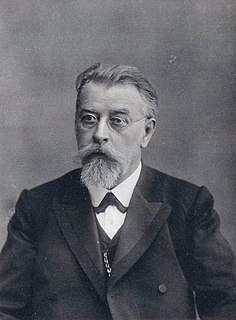
Vladimir Petrovich Serbsky was a Russian psychiatrist and one of the founders of forensic psychiatry in Russia. The author of The Forensic Psychopathology, Serbsky thought delinquency to have no congenital basis, considering it to be caused by social reasons.
Paul Ferdinand Schilder was an Austrian psychiatrist, psychoanalyst, and medical researcher.
Maximilian Fink is an American neurologist and psychiatrist best known for his work on ECT. His early work also included studies on the effect of psychoactive drugs on brain electrical activity; more recently he has written about the syndromes of catatonia and melancholia.
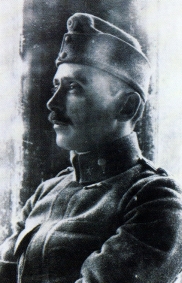
Constantin Freiherr von Economo was an Austrian psychiatrist and neurologist of Greek descent, born in modern-day Romania. He is mostly known for his discovery of encephalitis lethargica and his atlas of cytoarchitectonics of the cerebral cortex.

Karl Kleist was a German neurologist and psychiatrist who made notable advances in descriptive psychopathology and neuropsychology. Kleist coined the terms unipolar (‘einpolig’) and bipolar (‘zweipolig’) that are now used in the concepts of unipolar depression and bipolar disorder. His main publications were in the field of neurology, and he is particularly known for his work on the localisation of function in the cerebral cortex of man including mapping of cortical functions on brain maps. The work is based on several hundred cases of shot wounded patients of World War I, whose functional deficits Kleist deliberately studied and described in detail during their lifetime. Later on, by means of brain autopsy, he documented the lesion and was, thus, able to localize brain function in each single case doing this also on cytoarchitectonical grounds. Kleist was a student of Carl Wernicke and his work was closely associated with the Wernicke tradition. Among his students were Edda Neele and Karl Leonhard, who further developed the Kleist-Leonhard classification system of psychosis.
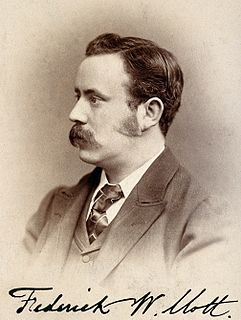
Sir Frederick Walker Mott was one of the pioneers of biochemistry in Britain. He is noted for his work in neuropathology and endocrine glands in relation to mental disorder, and consequently as a psychiatrist and social scientist. He was Croonian Lecturer to the Royal College of Physicians for the year 1900.
Dr Joseph Kubanek was an American psychiatrist known for his work in electroencephalography (EEG).
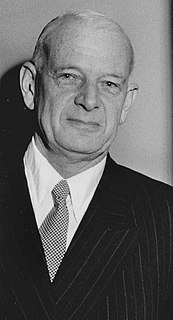
Gabriel Langfeldt was a Norwegian psychiatrist. He was a professor at the University of Oslo from 1940 to 1965. His publications centered on schizophrenia and forensic medicine. He was involved as an expert during the trial against Hamsun, and wrote a book about Quisling.
Charles Macfie Campbell (1876–1943) was a psychiatrist in the United States. He was President of the American Psychiatric Association.
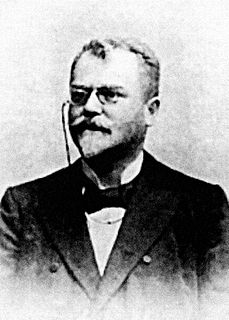
Ladislav Haškovec was a Czech neuropsychiatrist, eugenicist, and physician, professor of neuropathology at the Charles University in Prague. In November 1901 he coined the term "akathisia" in the journal Revue neurologique, and with Jean-Martin Charcot provided an initial demonstration to the Paris Neurological Society after noting that two patients were unable to remain seated. In 1905 he founded the first neurological department in the area of today's Czech Republic. He is considered one of the founders of the Czechoslovak neurology.

Albert Moore Barrett, M.D. (1871-1936), an American physician, was professor of psychiatry at the University of Michigan, and credited with the establishment of the first psychiatric hospital within a university.
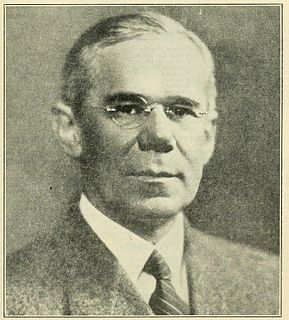
George Hughes Kirby (1875–1935) was an American physician and psychiatrist, administrator, and educator, who contributed to the advancement of psychiatry in the United States.
Emil Fröschels was an Austrian speech and voice therapy specialist. As a laryngologist and chief speech therapist, in 1924 he introduced the term logopedics into medical usage. He established the International Society of Logopedics and Phoniatrics and was a co-founder, with Karl Cornelius Rothe, of the Vienna School for Speech-Disturbed Children.
Elsa-Brita Nordlund was the first Swedish child psychiatrist. Her most notable work focused on the humanization of care in children's hospitals.

Arthur Schüller was an Austrian doctor who served as professor at Vienna University and was the founder of the discipline of neuroradiology. He is credited with coining the term "Neuro-Röntgenologie" and he contributed particularly to three neurosurgical procedures; antero-cordotomy, cisternal hydrocephalic drainage and the transsphenoidal approach to pituitary tumours, and is associated with three bone diseases; the Hand–Schüller–Christian disease, osteoporosis circumscripta and cephalohaematoma deformans.














